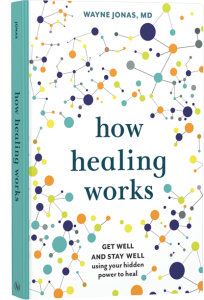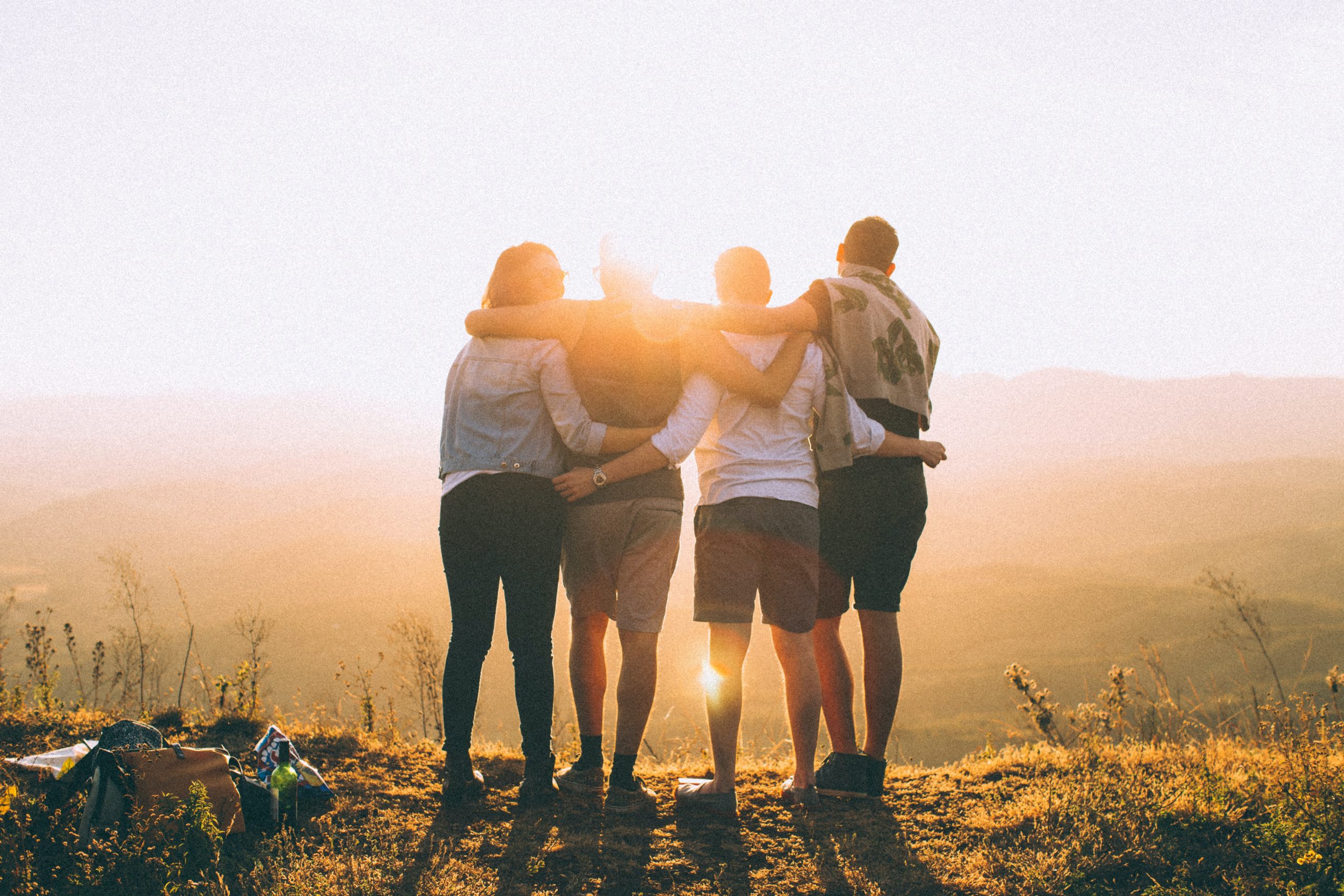The past couple of years have been hard on friendships.
Maybe you can relate. Have you spent less time with friends in person? Felt pushed away by differences of opinion? Perhaps life simply got in the way when someone moved, took another job, or had a baby.
Understanding friendship
Research tells us that friendship supports the mind, body, and spirit at every age. It can be especially beneficial for older adults.1 We’ve already talked about the science supporting how emotional connections can help you heal.
Traditional wisdom about friendship offers the insights that “to have a friend, you have to be a friend,” and “friendships wax and wane.” Like other relationships, friendship involves vulnerability as well as reciprocity. And while we might like our friendships to stay the same forever, they change over time just as we do.
Meeting on common ground
LaShawn remembers his mom giving him tips on making friends when he started a new school in second grade. “We moved from Alaska to Washington, I didn’t know any other kids, and everything was different,” he says. Sitting next to the other “new kid” in his reading circle helped him make a connection and eventually, a friend.
You can use the “common ground” method to make friends as an adult, too. This guide has helpful tips, including an explanation of why online friendships are not the same as in-person connections.
Allowing friendships to evolve
Friends may grow close for a time and then grow apart. This crystallized for Ginny, in her 40s, after she and her friend Barb bonded over discussing their unhappy marriages. When Ginny finally got divorced, she moved to a new place literally and figuratively. She found an apartment, started dating, and looked to the future.
Meanwhile, Barb became a grandmother for the first time. Throwing herself into the new role, she had less time to meet up with Ginny after work. Barb and Ginny did not have a “friend breakup,” but they had less time and inclination to commiserate than before.
Friendship as a life choice
“Friendships … are interpersonal relationships of choice,” notes the author of a popular communications text.2 Compare this to the relationships you have with family members, colleagues, and even neighbors, where you have little or no choice. Our life partners are the only other people besides our friends whom we consciously choose from the pool of people we spend time with.
These chosen relationships can move through stages or phases. Communications research William Rawlins, who spent his career studying friendship, developed a seven-stage model in which people move from interacting based on their roles, such as fellow students or colleagues, all the way through a waning or past friendship.3
We also have different ways of being friends. Some of us tend to attach most strongly to the people who are immediately present in our current stage of life. Others keep the same friends for years no matter what changes. Still others may form cordial relationships with almost everyone they meet, keeping old friends and welcoming new ones with equal enthusiasm.3
Toxic friendships
If anyone ever told you “That person isn’t good for you,” chances are, you were spending time with a toxic friend.
If you feel down or depressed after spending time with a friend, they may be toxic. Do they beat you up verbally? Do they make you feel like their unpaid therapist and never ask a single question about you? Friendships, like other relationships, can be toxic as well as supportive for the mind and spirit.
Some friendships can harm your physical health, too. If you have bonded around drinking or other substance use or behavior such as disordered eating, breaking the bond may be a necessary part of healing. Learn more about toxic friends.
Grieving a lost friendship
Teens and young adults may lose friends more often than older adults because of the life transitions—college, moving, new jobs—many naturally go through. Older adults may start losing life-long friends because of illness or death. But no matter your age, the loss of a friend can be devastating.
Emilia found this out when her best friend Kris joined a faith community that limited contact with outsiders. The community had a specific set of values, dress codes, and norms that Emilia did not fit. After Kris and her family settled in, she wrote Emilia a letter explaining that she was ending the friendship so Emilia’s modern ways would not influence her children.
Emilia was shocked, angry, and heartbroken. Raychelle Cassada Lohman, PhD, describes these as normal responses to losing a friendship in an article on grieving this type of loss. Just as if Kris had died, Emilia needed to accept the change in her life, experience her feelings, and come to terms with them.
Learn more in Dr. Wayne Jonas’s post “The Science of Love and Loss,” an excerpt from the book How Healing Works.
Intentional friendships
Have you heard of “blue zones,” areas around the world where people tend to live longer, healthier lives? These places have become a subject of study as researchers work to find out what makes them hot spots of healthy living and long-life.
Our article “Time for a Relationship Check-Up: 4 Steps to Fostering Healing Relationships” can help you develop relationships that support your emotional, spiritual, and physical well-being. For even more practical tips, check out “How to Make Friends as an Adult,” by Blue Zones author Dan Buettner. Some of his tips, such as “don’t talk over people,” may inspire you to rehabilitate the social skills you had before pandemic lockdowns.
You may also want to investigate the Surgeon General Dr. Vivek Murthy’s book Together: The Healing Power of Human Connection in a Sometimes Lonely World. And don’t miss our articles in this space on loneliness, isolation, and how to make connections. You just might make a friend.
References
1. Blieszner R, Ogletree AM, Adams RG. Friendship in Later Life: A Research Agenda. Innov Aging. 2019;3(1):igz005. Published 2019 Mar 30.
doi:10.1093/geroni/igz005
2. Jones RG. Communication in the real world: An introduction to communication studies. Chapter 6.2. Developing and maintaining friendships. Open Textbook Library. Available at http://link.bu.edu/portal/Communication-in-the-real-world–an-introduction/hSzq2B0-a5w/. Accessed January 6, 2021.
3. Wrench JS, Punyanunt-Carter NM, Thweatt KS. Stages and types of friendships. In: Interpersonal Communication: A Mindful Approach to
Relationships. OpenSUNY. Available at https://socialsci.libretexts.org/Bookshelves/Communication/Interpersonal_Communication/Book%3A_Interpersonal_Communication-
A_Mindful_Approach_to_Relationships_(Wrench_et_al.) Accessed January 6, 2022.

Take Your Health Into Your Own Hands
Drawing on 40 years of research and patient care, Dr. Wayne Jonas explains how 80 percent of healing occurs organically and how to activate the healing process.

